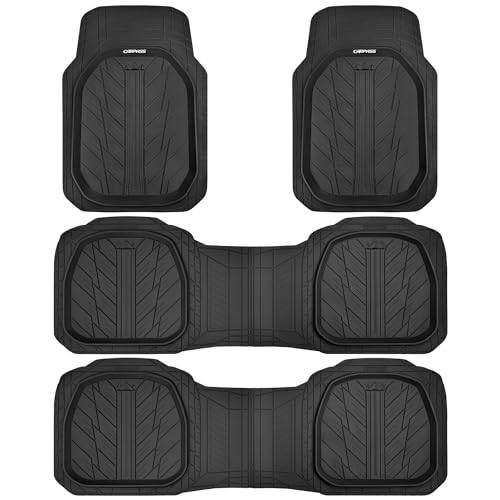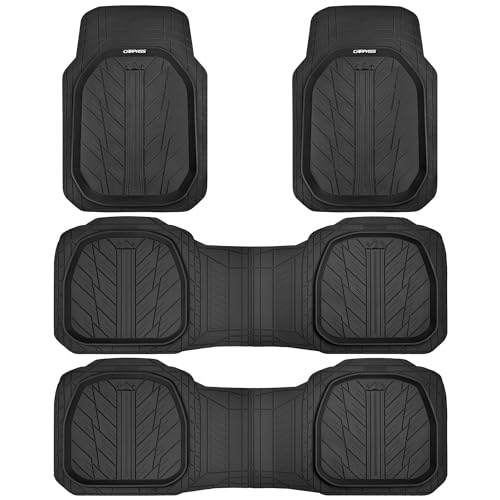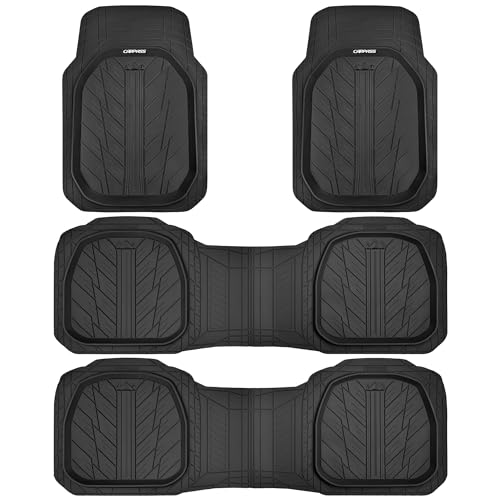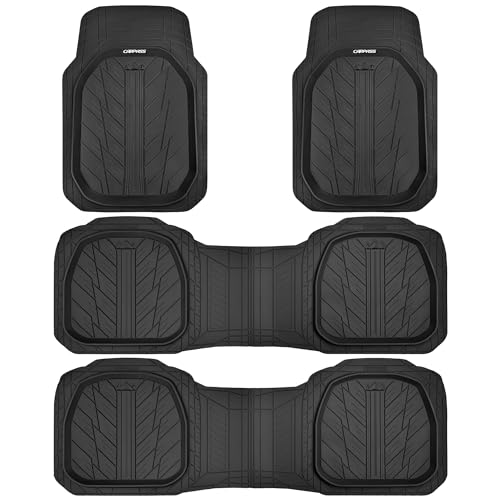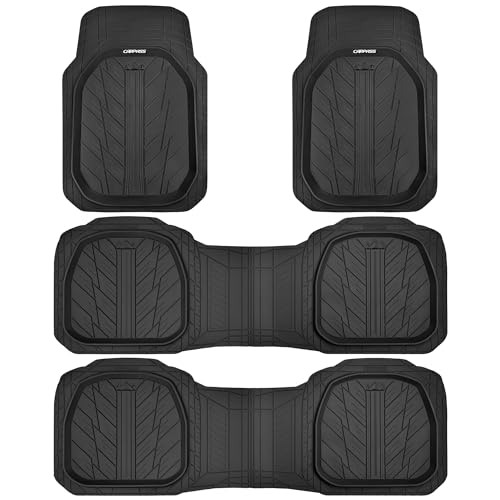Ever wanted to sketch your dream Mahindra Thar? Maybe you saw one on the road and were captivated by its rugged design, or perhaps you’re just keen to improve your drawing skills. This guide will walk you through the process of how to draw Mahindra Thar, breaking down the complex shapes into manageable steps, regardless of your current skill level. You’ll learn basic techniques, master proportions, and create a realistic representation of this iconic SUV. By the end, you’ll have the confidence to draw a Mahindra Thar from various angles and add your own creative touches.
Understanding the Mahindra Thar’s Basic Shapes
Before diving into details, we’ll simplify the Thar’s design into fundamental geometric shapes. This approach makes the drawing process less daunting and helps maintain accuracy. We’ll focus on boxes, circles, and trapezoids to form the chassis, wheels, and windows.
Breaking Down the Body
- The Chassis: Start with a long rectangular box for the main body. This forms the foundation of your drawing.
- The Wheels: Use circles for the wheels, and note their positioning relative to the chassis.
- The Windows and Hood: Rectangles and trapezoids will define the windows and hood.
Begin by lightly sketching a long rectangle, representing the main body. This rectangle should be slightly longer than it is wide to accurately capture the Thar’s proportions. The length and width will depend on the scale of your drawing. Remember to keep your lines light at this stage, as they will be refined later.
Place four circles underneath the rectangle, evenly spaced, to represent the wheels. The size of these circles will affect the overall scale of your drawing. Consider the relative size of the wheels to the body of the vehicle. This will influence the overall perception of its rugged nature.
Above the chassis rectangle, sketch smaller rectangles for the windows. Use trapezoids to suggest the angled hood. Pay attention to the angles and proportions of the Thar’s characteristic sloping hood and upright windshield.
Refining the Basic Shapes
Once the basic shapes are in place, start refining them. This involves adding curves, adjusting angles, and merging shapes to create a more accurate representation of the vehicle. Take your time with this step; accuracy is key at this point.
- Smoothing Curves: Add subtle curves to the edges of the body, softening the hard lines of the initial boxes.
- Adding Detail: Start adding details like the headlights, taillights, and grille.
This is where the drawing begins to take on a more three-dimensional appearance. Instead of sharp corners, use a flowing motion to round them out. Observe how the lines flow smoothly from one part of the body to another. Avoid abrupt transitions for a more realistic look.
Now, begin to introduce the finer details. Carefully study reference images to accurately capture the shape and placement of these components. Pay close attention to the design of the Mahindra Thar’s distinctive grille and headlight configuration.
Drawing the Mahindra Thar’s Signature Details
This section focuses on the specific elements that make the Mahindra Thar unique, paying attention to minute details that will bring your drawing to life. We’ll look at crucial design features that set the Thar apart from other SUVs.
The Grille and Headlights
- Grille Design: The Thar’s grille is iconic; focus on its vertical slats and overall shape.
- Headlight Placement: Note the position and shape of the round headlights, relative to the grille.
The Mahindra Thar’s grille is a key identifier of the vehicle. Carefully study its design – the number of vertical slats, their spacing, and overall shape are all important aspects to replicate accurately. This will significantly contribute to the recognizability of your drawing.
The positioning of the headlights in relation to the grille is critical. Observe the distance and angle between them for accurate depiction. Their circular shape is another distinguishing feature of the Thar.
The Wheels and Tires
- Tire Profile: Pay attention to the width and profile of the tires, a hallmark of the Thar’s off-road capability.
- Wheel Design: Sketch the wheel’s details, including spokes or rims.
The Thar’s tires are crucial in portraying its robust, off-road character. Observe how wide and thick they are compared to the overall vehicle size. Accurate depiction of the tire profile is essential for visual realism.
While wheels may vary depending on the model and modifications, study the fundamental design of the wheel. The number of spokes, their thickness, and the shape of the rims all contribute to the overall accuracy of your drawing. Be mindful of the relative size and placement of the wheel within the wheel arch.
Adding the Final Touches
In this final phase, we’ll refine lines, add shadows and highlights, and give the drawing depth and realism.
- Shading: Use shading to create depth and dimension. Observe how light falls on the vehicle to determine where to apply shading.
- Adding Background: Consider adding a simple background to enhance the overall visual appeal of the drawing. A landscape or city scene can add context.
Applying shading is crucial in creating the illusion of three-dimensionality. By strategically placing shadows and highlights, you can make the drawing look more realistic and dynamic. Observe how light would naturally fall on the Thar to guide your shading.
A simple background can add depth and context to your drawing. For example, a desert landscape would complement the rugged look of a Thar. However, it’s important to keep the background simple to prevent it from overwhelming the vehicle itself.
Mastering Perspective and Proportions
Accurately drawing the Mahindra Thar requires understanding perspective and proportions. These techniques help achieve realism and make the drawing believable.
Perspective Techniques
- One-Point Perspective: This is a good starting point for beginners. Choose one vanishing point on the horizon and draw lines converging towards it.
- Two-Point Perspective: Offers a more dynamic view, allowing you to show more of the vehicle’s sides.
One-point perspective is ideal for simpler drawings. By choosing a single vanishing point, all lines recede towards this point. This creates depth and consistency, making the drawing easier to manage.
Two-point perspective gives you more control over the angle and appearance. It allows for the display of multiple sides of the vehicle. This can make the drawing more visually interesting but can be more challenging for beginners.
Maintaining Proportions
- Reference Images: Use multiple reference images of the Mahindra Thar from different angles to check your proportions.
- Measuring and Comparing: Use a ruler or measuring tool to check proportions between different parts of the vehicle.
Using reference images is crucial in maintaining the correct proportions. Compare your sketch against multiple references to ensure that the overall size and shape of the vehicle are accurately represented.
Use a ruler or any measuring instrument to cross-check sizes and ratios between different parts of the vehicle. Ensure that the relationships between components like the wheelbase, vehicle length, and height are proportionate.
Drawing the Mahindra Thar from Different Angles
Once you’ve mastered the basics, you can try drawing the Mahindra Thar from various angles—front, side, three-quarter view—to enhance your skills.
Front View
Start with the front grille and headlights as your central focus. Work outwards, adding the fenders, hood, and bumper. Remember to pay attention to the lines and curves of the vehicle.
Side View
Focus on the side profile, paying close attention to the wheel arches, doors, and windows. The side profile offers a clear view of the vehicle’s overall proportions.
Three-Quarter View
This view is the most challenging, incorporating aspects of both the front and side views. This requires a greater understanding of perspective and proportions.
| Angle | Focus Points | Challenges |
|---|---|---|
| Front | Grille, Headlights | Maintaining symmetry |
| Side | Wheel arches, doors | Proportional accuracy |
| Three-Quarter | Combination of front and side | Perspective and proportion |
FAQ
How do I choose the right drawing tools?
Pencils (H2, 2B, 4B), an eraser, and a sketchbook are ideal for beginners. More advanced artists may use charcoal or digital tools.
How can I improve my sketching skills?
Practice regularly, focusing on basic shapes and proportions. Use reference images and study other artists’ work. Consider taking online courses.
What are some common mistakes when drawing cars?
Incorrect proportions, lack of perspective, and neglecting details are common pitfalls. Regular practice and observation help avoid these.
Are there any online resources for learning car drawing?
Many YouTube tutorials and online courses offer step-by-step guidance on drawing cars and other vehicles.
Can I draw the Mahindra Thar digitally?
Yes, you can use digital drawing software such as Photoshop or Procreate. Tablets with styluses provide a natural drawing experience.
How important is studying reference images?
Crucial. Using reference images ensures accuracy in design details and proportions, leading to a more realistic drawing.
What if my drawing doesn’t look perfect on the first try?
Don’t get discouraged! Drawing takes practice. Analyze what went wrong, try again, and keep practicing.
Final Thoughts
Learning how to draw a Mahindra Thar is a rewarding journey. By understanding basic shapes, mastering proportions, and paying attention to detail, you can create impressive sketches of this iconic vehicle. Remember, practice is key; the more you draw, the better you will become. Don’t be afraid to experiment, try different angles, and add your own personal style. Now grab your pencils and start sketching!

